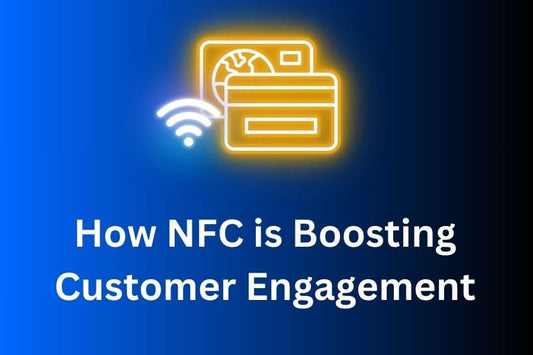No business is immune to negative reviews. Whether it's a misunderstanding or a genuine customer complaint, a negative review can feel like a blow to your business's reputation. However, negative reviews are also opportunities for improvement and can be handled in a way that turns unhappy customers into loyal ones. In this post, we’ll walk through strategies for handling negative reviews gracefully and using them to strengthen your business.
Why Handling Negative Reviews Matters
Negative reviews, when handled poorly, can damage a business’s reputation and scare off potential customers. However, when managed effectively, they can actually build trust and show future customers that you care about feedback. Here’s why it’s crucial to handle negative reviews properly:
- Build Customer Trust: Responding professionally to negative feedback shows that you value your customers’ opinions and are committed to improving.
- Opportunity for Improvement: Negative reviews can provide valuable insights into areas of your business that need improvement.
- Influence Future Customers: How you respond to criticism can make a lasting impression on future customers. A well-crafted response can reassure potential customers that you’re attentive and responsive.
Steps to Handle Negative Reviews Gracefully
-
Stay Calm and Don’t Take It Personally
The first step in handling negative reviews is to stay calm. It’s easy to get defensive, but remember that negative feedback is not a personal attack—it’s an opportunity to address concerns. Take a moment to process the review before crafting a response. -
Respond Promptly
Timeliness is key when responding to a negative review. The longer a review goes unanswered, the worse it looks to both the customer and potential future customers. Responding quickly shows that you’re attentive and care about resolving the issue. -
Acknowledge the Problem
Start your response by acknowledging the issue the customer raised. This shows empathy and understanding. For example:
“We’re sorry to hear that your experience didn’t meet your expectations, and we appreciate you bringing this to our attention.” -
Apologize Sincerely
A sincere apology goes a long way in diffusing a tense situation. Even if the issue was beyond your control, apologizing for the customer’s negative experience shows that you’re willing to take responsibility.
“We apologize for any inconvenience this may have caused and would love the opportunity to make it right.” -
Offer a Solution
Offering a solution demonstrates that you’re committed to resolving the problem. Whether it’s a refund, replacement, or another way to address the issue, always propose a concrete next step.
“Please reach out to us directly at [email] so we can discuss how we can rectify the situation.” -
Take the Conversation Offline
If the issue is complex, it’s best to move the conversation offline. Provide the customer with direct contact information (such as an email or phone number) to discuss the matter further. This not only protects the customer’s privacy but also shows other readers that you take concerns seriously. -
Follow Through
Once the issue has been resolved, follow up with the customer to ensure they’re satisfied with the solution. In some cases, a happy resolution may even prompt the customer to update their negative review.
Encouraging Positive Reviews to Drown Out Negatives
Negative reviews can be offset by a steady stream of positive reviews. By proactively collecting more positive feedback, you can dilute the impact of the occasional negative review. Here’s how to encourage more reviews:
- Ask Customers Directly: After a positive interaction, ask satisfied customers to leave a review. This can be done in person, via email, or using NFC technology.
- Use NFC Google Review Stands and Cards: Make it easy for customers to leave reviews with our Google Review Stands for in-store feedback or Google Review Cards for mobile service businesses. The easier it is for customers to leave a review, the more likely they’ll do so.
Learning from Negative Feedback
Every business can improve, and negative reviews provide insight into areas that may need attention. Instead of dismissing criticism, use it as an opportunity to improve your operations. Here’s how to learn from negative reviews:
- Identify Patterns: If multiple customers mention the same issue, it’s a sign that something may need to change. Whether it’s service quality, wait times, or product issues, use reviews to identify areas for improvement.
- Implement Changes: Once you’ve identified recurring issues, take actionable steps to address them. Communicating changes to your customers shows that you listen to feedback and are always striving to improve.
Conclusion
Negative reviews don’t have to be detrimental to your business. When handled correctly, they can be turned into opportunities to improve customer relationships and showcase your dedication to excellent service. By responding promptly, acknowledging the problem, and offering a solution, you can transform a bad situation into a positive outcome that strengthens your online reputation. Don’t forget to balance out the negatives by actively encouraging positive reviews through strategies like NFC technology and automated review management tools.





